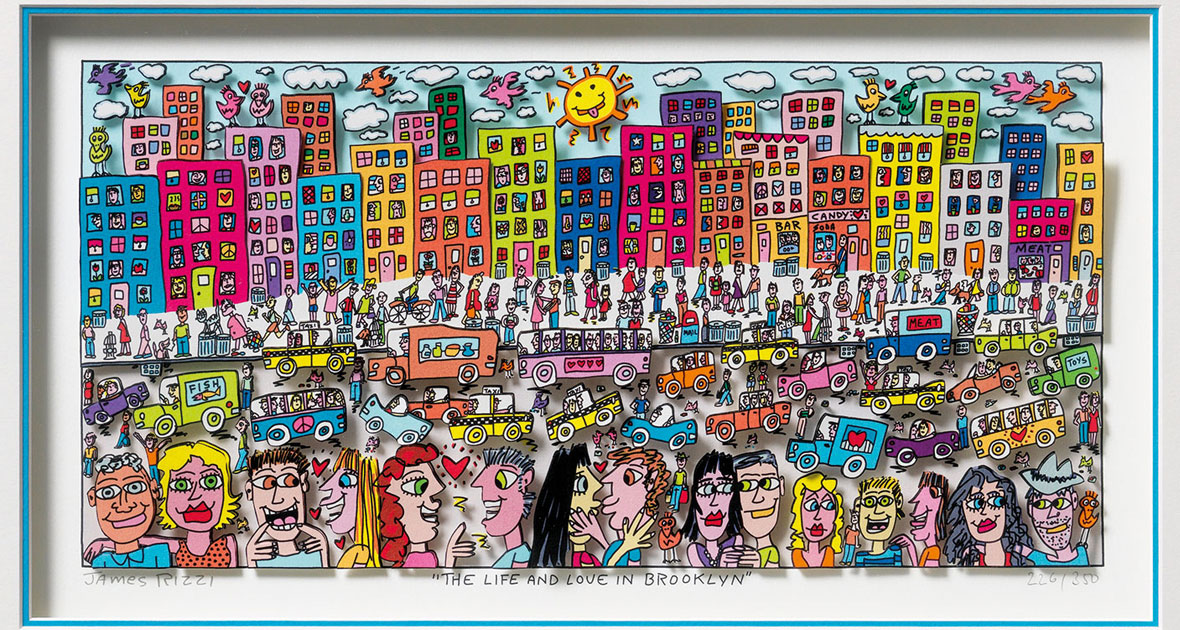
Most Difficult: The Simple
"It took me four years to paint like Raphael but a lifetime to paint like a child," said the elderly Pablo Picasso. And indeed, it is not an artistic skill that makes great art. Often, the expressiveness of a work lies in the fact that the artist abandons it.
For example, Antoine de Saint-Exupéry considered himself a bad draughtsman. Yet he illustrated his "Little Prince", and it was precisely his emotive pictures, far removed from graphic academicism, that made his book the global success it became.
Or for example, Marc Chagall, who is certainly one of the greats of the 20th century from a technical point of view. Nevertheless, his work is characterised by an almost childlike playfulness. The bright colours and fairytale-like motifs depict a world that has its origins deep in the artist's imagination. A world that remains enchanting even on porcelain.
Or for example, James Rizzi, who, like Chagall, was an academically trained painter. His style, influenced by Pop Art, enables him not only to depict but to narrate his lively native New York - the label of "Urban Primitive Artist" repeatedly applied to him is meant as a distinction.
So, the supposedly "simple" has its place in art and our art offerings.
